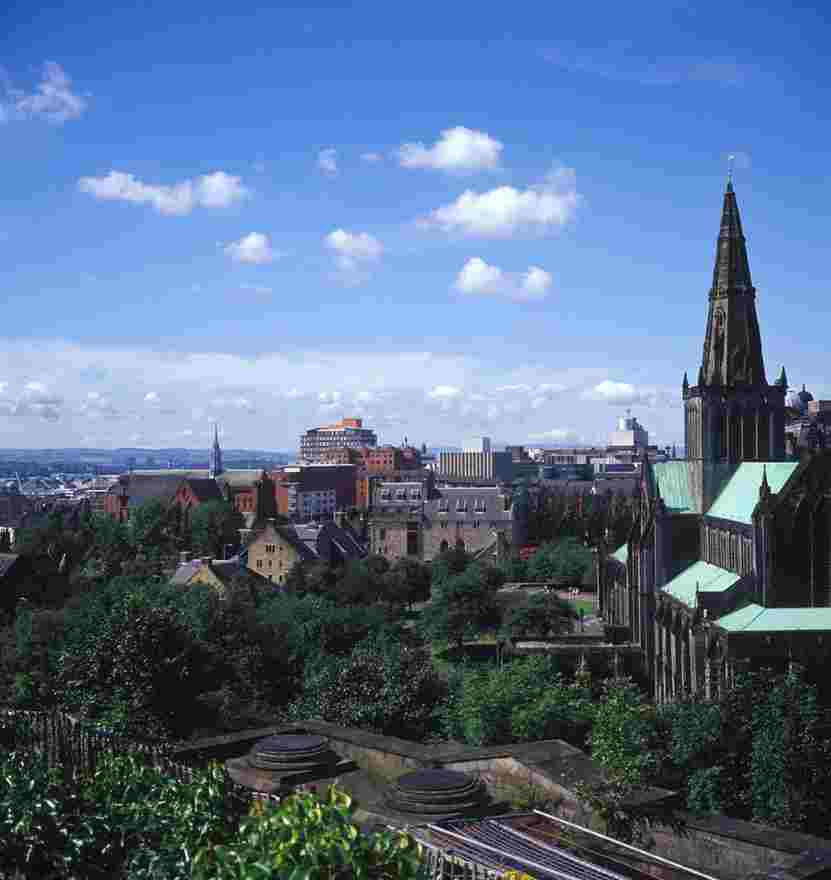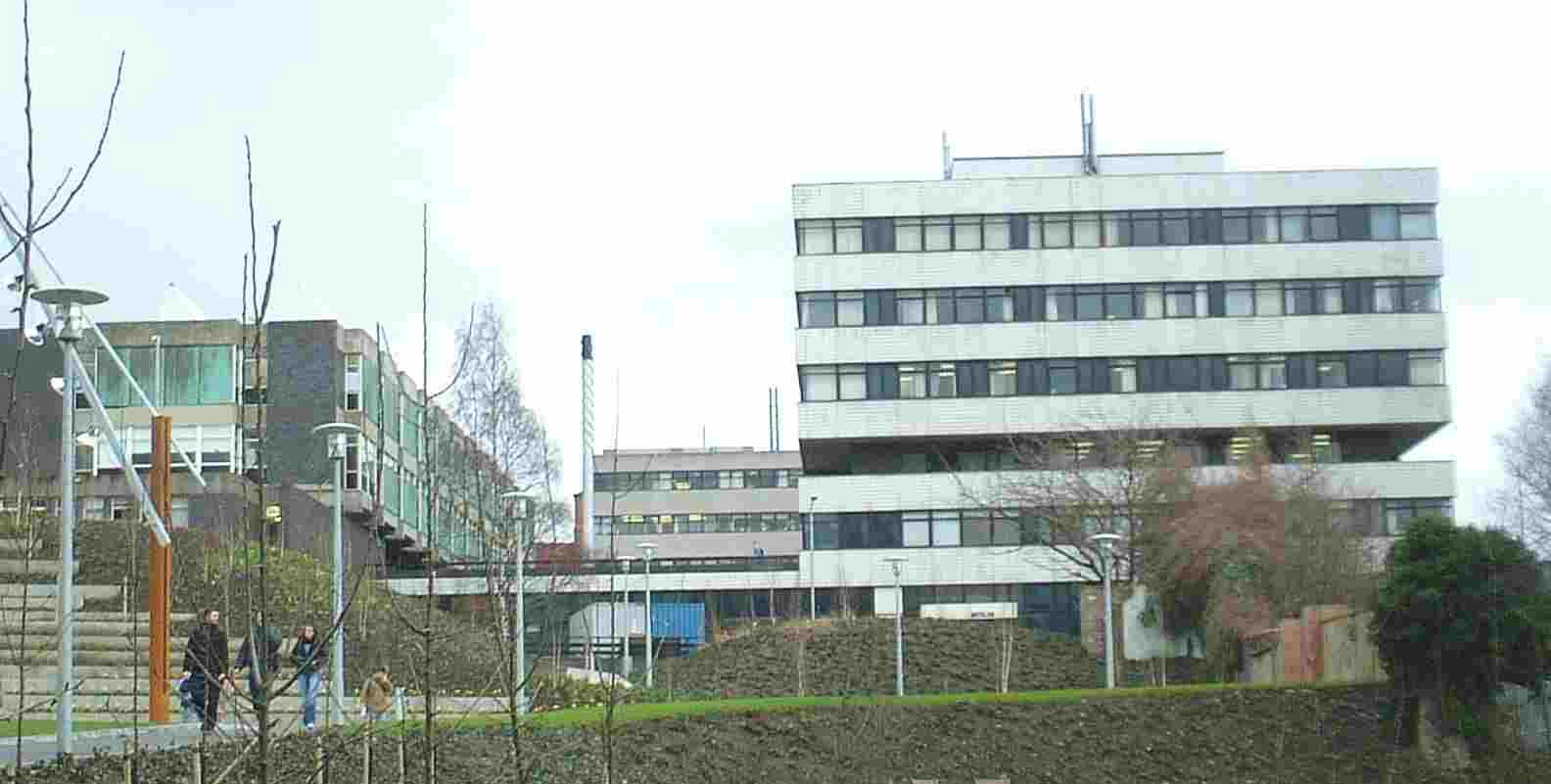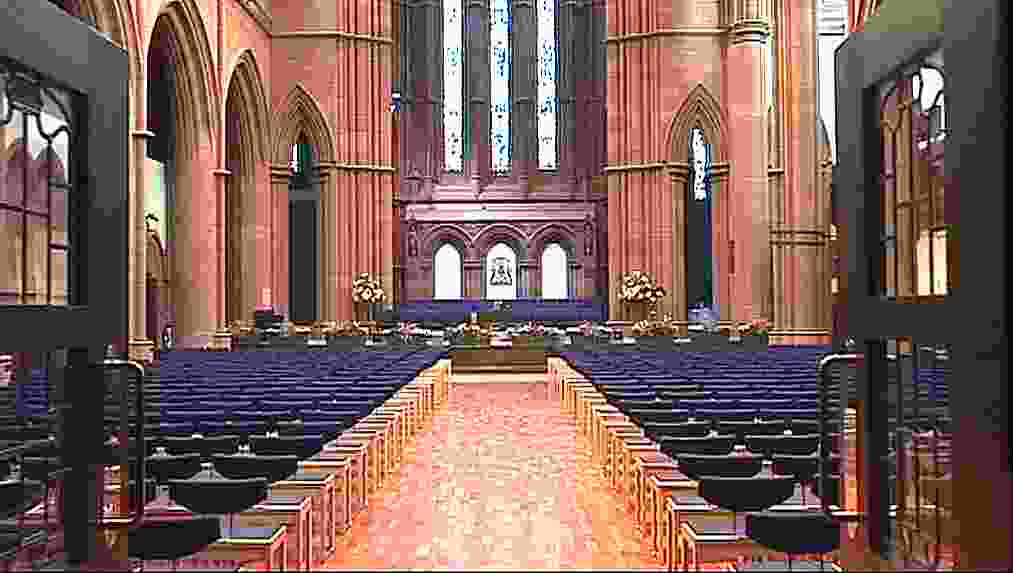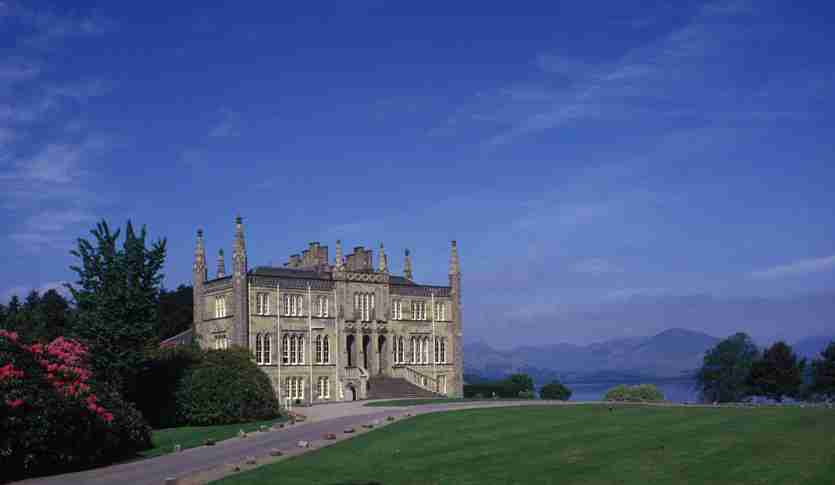
LocationThe research group is based in the John Anderson Campus of the University of Strathclyde, in the historic and vibrant centre of the City of Glasgow, the largest City in Scotland. The University was founded in 1796 by a bequest in the will of a professor of physics, John Anderson, who called for it to be established as a 'place of useful learning', and to this day the University retains this as its motto. The John Anderson and Colville buildings, where the laboratories are located, are adjacent to the ancient 'Rottenrow', a corruption of a Latin reference to the road of pilgrimage to the Cathedral of St. Mungo, the Cathedral precinct lying adjacent to the University Campus. The symbols of Glasgow, recounting mythical events in the life of St. Kentigern (St. Mungo), encapsulated in a street lamp Here is the bird that never flew, Here is the tree that never grew, Here is the bell that never rang, Here is the fish that never swam, Reknown as the economic heart of Scotland, industry remains important to Glasgow, with shipbuilding, optics, electronics, manufacturing and biotechnology all major activities. Recently it has diversified its economic base to include finance and insurance activities. It is also known as a major cultural centre hosting many of the national art companies, internationally recognised art collections, galleries, museums and regularly features contemporary art productions and music performances, including both folk and mainstream. If a measure of a civilisation may be taken from the value it sets on its libraries and archives, then Glasgow is the home of the famous Mitchell Library, often said to be the finest public reference library in Western Europe. Glasgow is also well situated for access to the wonderful scenery, activities and history of Scotland with excellent transport connections to the Ayrshire, Fife and Lothian coast where the game of golf evolved, access to the North and North West to the mountains of the Cairngorm Range, Lochaber and Dalriada and to the ancient and distinct history and beautiful location of the Western Isles, the seat of the last great Celtic civilisation. Some of the last great wildernesses of Europe may be found here, including Ardnamurchan and the 'rough bounds' of Moidart and Knoydart. The Nordic influence on Scottish history may be discerned in the regions of Caithness and the Northern Isles. Figures of myth and legend lived here in the past: It has been suggested that the seat of King Arthur (probably more accurately Captain than King) is in the rugged Lothian and Borders Regions of Scotland as a military leader of a Romano-Celtic civilisation; the University itself is named after the venerable Kingdom of Strathclyde, reaching from the Clyde to Galloway with its capital at Dumbarton Rock; south of Strathclyde encompassing Galloway and reaching as far as Rochdale was the land of Rheged, once ruled by Coel Hen, 'Old King Cole' of Nursery Rhyme fame; north west of the Clyde was the ancient Kingdom of Dalriada where during the reign of Aedan, St. Columba developed the Celtic Church with its centre at the Island of Iona; on the isle of the mist, Skye, may be found the castle of Scathaig (Shadow) in Armadale where myth may have us believe the Irish hero Culainn encountered a great Witch Queen. The photographs in this page are intended to convey the flavour of the University and its environs, including a view of the campus from over the cathedral, the Colville building from the Rottenrow gardens, the Barony graduation hall and the conference and recreation centre at Ross Priory on the banks of Loch Lomond. 




|